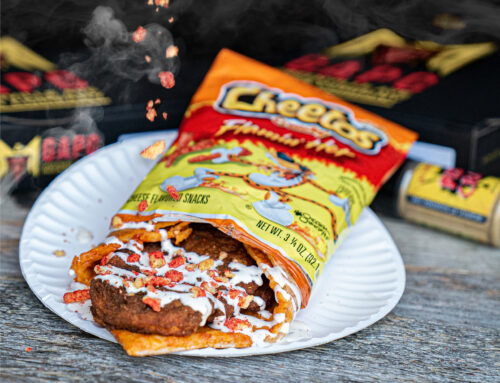Ask retailers or restaurateurs about Italian wine, and they shake their heads and sigh. No one, it seems, outside of an Italian restaurant, is interested in Italian wine.
Which is a shame, since Italian wines may never have been as good as they are today, from most expensive to least. And they include a variety of styles — far more than Tuscany’s ever-present chianti and the tanker-loads of pinot grigio that most Americans know best. Plus, Italian wines are incredibly food-friendly, whether you’re serving spaghetti with meatballs or a much more complicated seafood dish.
So why are Italian wines better, and why don’t we know more about them? The answer to the first question is that Italy has, in the past couple of decades, reformed its labeling laws, improved its production methods, and realized there was a market outside of Italy.
The answer to the second question is even more complicated. Much Italian wine, until recently, was not made with the grapes Americans know best (cabernet, merlot and the rest), but with grapes grown only in Italy and often in just one part of Italy. Then, there are 15 or so Italian wine regions, adding confusion.
The following, based on wine regions, is far from an extensive list, so feel free to improvise.
• Umbria. Riccardo Cotarella is one of the most respected winemakers and consultants in the world, so what’s he doing making $10 wine? Who knows? Who cares? Just drink it — Falesco Vitiano Rosso (a red blend of equal parts cabernet, merlot and sangiovese), Bianco (viognier and two Italian grapes), and Rose (cabernet, merlot and sangiovese).
• Apulia/Puglia. The boot heel produces heavier, manly wines, perfect for tomato sauce and sausages. One of the best values, also around $10, is any Salice Salentino.
• Sicily and Sardinia. How about Fourplay, a hearty red Sicilian blend of four local grapes, or the white Feudo Arancio Grillo, again a blend of local grapes, ideal for seafood?
• Veneto. The valpolicellas, including Brigaldara, are smoother and better made than in the old days, but have retained their valpolicella character. Several soaves were equally as impressive, including Pra, with a minerally finish and nice green apple fruit. These are pricier wines — $15 to $25 — but worth a treat.





